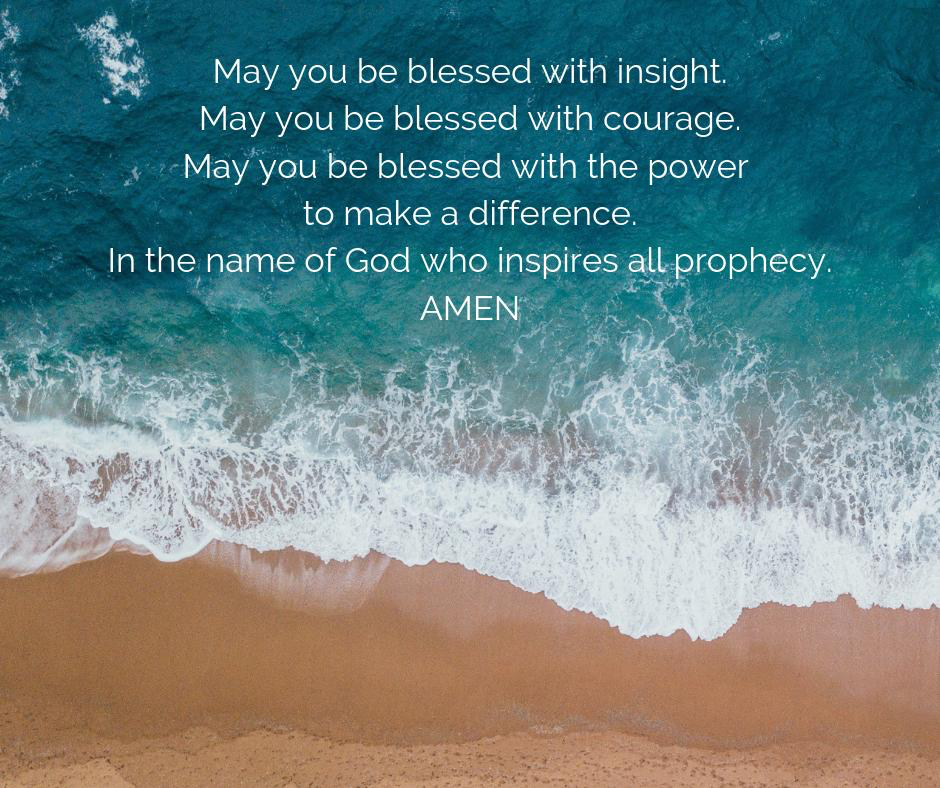One thought kept coming to me over the Easter season is that we who believe in Jesus Christ as Saviour are a story-shaped community.
The Easter Gospel highlights the central place Jesus gave to the Feast of the Passover. It is the high point in the faith-salvation story of the Jewish faith. The Passover meal celebrated by Jewish families at their household tables begins with the telling of their faith story. The youngest chid present asks the adults, “What do these things mean?”, in a reference to the symbolic items on the table like bitter herbs.
The response given by an adult is an overview of the actions which shaped their faith and their story. It begins, “A wandering Aramaian was my father, and the Lord took him down into Egypt, into the land of slavery…”
That same approach of “telling our story and sharing our faith” was adopted by the early Christian communities as they gathered around the sacraments in their house churches and recalled their story even before the written accounts of Christ’s life, death and resurrection in the Gospels were available to read.
It is as we tell our story, that we can share our faith.
Who was it who first told you about Jesus? Who were the key people who enabled explanation and encouraged you to grow in faith? Who were these gate-openers? Who were these people who were God’s gifts to you, and what else was going on in your life when they were beside you?
Being able to talk about these times and these people is key to sharing your faith-story and experiences of God. It is the second element in Christian communication. We tell our story. We share our faith. And that is not the end of it by far, because it is how we tell the story, and how we share our faith, that we help shape the future of the church and society under God and with God.
It places on us responsibilities as Christians. How do we engage with Scripture? For sure we cannot appreciate the riches of the twenty-third psalm or the vision of heaven in the Book of Revelation if we don’t know the faith-salvation story of our Jewish neighbours. There is the image of the lamb and the shepherd. The palms invoke the image of God having a tabernacle.
The Jewish record again and again points to hope in the midst of despair. And that theme hammered me this year during the recent remembrance of the Holocaust.
Our shared scriptures proclaim the same God, who ensured that the Israelites could leave their oppression in Egypt, return from cultural destruction and exile in Babylon, and survive the perilous journey through the wilderness. Confidence in that story will ensure that we too will be delivered from the wildernesses that we encounter.
When we are baptized, washed in both the water and the blood of the lamb, we are not only cleansed of our sins but welcomed into the fold of Jesus where, though we will experience turmoil and wilderness as he did, we will do so with the assurance of salvation and deliverance. We will experience the shelter and love of God.
I would dare to leave you with a few questions – Where have you experienced “wilderness”? How did you feel God’s presence in those times? What do you think of when you hear the words “deliverance” and “salvation”?
Houston McKelvey
Published May 12 – News Letter
SSMay13.png



